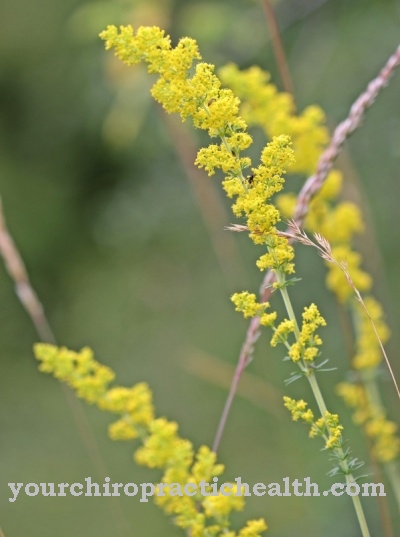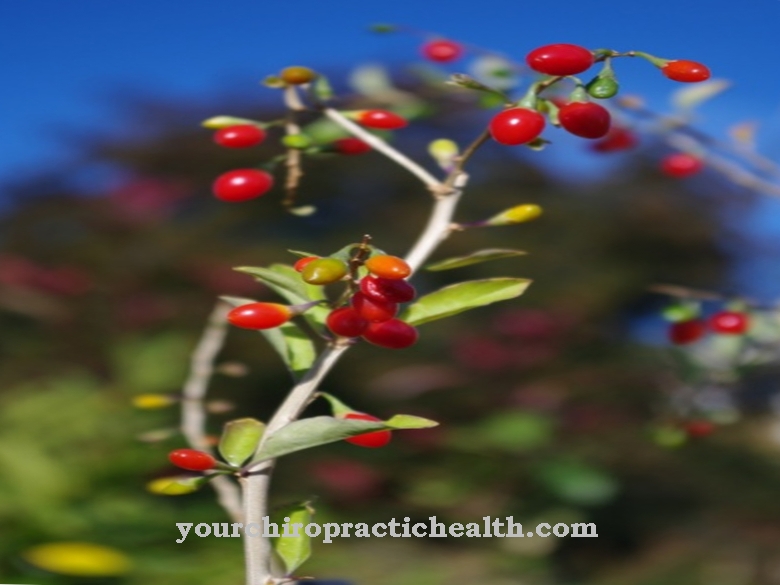The word alga has negative meanings in the minds of many Europeans: algae plague in the Mediterranean, algae growth in ponds or the eutrophication of waters by algae. Slowly but steadily, however, knowledge about algae as a possible - perhaps also healthy - component of food is increasing.
What are disease-causing algae?
An alga is a plant that, like all of its green relatives, carries out photosynthesis.The only difference is that their habitat is the water, so they swim freely in the water or take root in shallow waters on the bottom.
From a biological point of view there are many species, some of which are so different that their only common feature is the structure of their cells. All algae have cells with a nucleus, which identifies them as the lowest level of higher living beings (= eukaryotes - all life forms with a real nucleus).
In biology, blue-green algae, which are not plants but bacteria, were also wrongly given this name. The latter, however, are among those living beings with cells without a real nucleus (prokaryotes).
Occurrence, Distribution & Properties
Algae are found in fresh and salt water all over the world. Mostly they can be seen with the naked eye: Leaves in all shapes and colors that float in the water or a green mass on the surface of the water, which usually only shows the microscope that it is a cluster of algae cells.
In principle, algae play an important role in the ecological cycle. They absorb carbon dioxide dissolved in the water, convert it into oxygen with the help of sunlight and release it back into the water (photosynthesis).
However, if the water is polluted by sewage, which acts like fertilizer on the algae growth, algae overgrowth occurs and the water is suffocated. With the spread of sewage treatment plants, this problem has largely been eliminated in Europe. It can be very dangerous for human health to bathe in heavily algae-laden waters.
Algae are mainly consumed as a food component in Asian countries. As a result of globalization, they were able to convince more and more people of their properties in our part of the world.
Meaning & function
Nutritionally, algae from clean water can be compared to lettuce or leafy vegetables. It contains vitamins and minerals and delights calorie-conscious eaters with its low energy content.
The chlorophyll contained in all plants and the carotenoid contained in some algae are said to strengthen the immune system. Algae have a certain antibiotic and antiviral effect.
The question of whether an alga is harmful or beneficial to health largely depends on when it is harvested and preserved and how fresh it is when it is consumed.
Those who live health-consciously generally avoid sea algae as a precaution, but prefer freshwater algae. This is mostly grown under special conditions (special water composition) in order to achieve optimal health value.
Illnesses & ailments
In order to understand the problems related to the consumption of algae, a basic knowledge of the material cycle in water is necessary. All polluting substances, regardless of whether they are in water, in the air or in the ground, return to their starting point at some point, unless they are chemically split, decomposed or changed.
However, this does not apply to some of these substances (heavy metals such as lead or cadmium, carcinogenic substances, radioactive substances). It is known that fish and crustaceans from the world's oceans in particular have not been as healthy as assumed for a long time, as the level of dangerous chemical compounds in their bodies has multiplied in recent years. Consumption means that the substances of concern also accumulate more and more at the end of the food chain (in humans).
An example to clarify: Algae in the sea absorb a certain amount of pollutants from the water, animal plankton feed on these algae and thus multiply the absorption of pollutants in its organism. Smaller fish and larger fish then complete the food chain with a constant multiplication of the pollutants in their bodies. When these animals die in the water, the pollutants are released and a multiple of them are accessible again to the algae.
For example, residues of lead, mercury and cadmium were found in many algae. It is therefore important to trace the origin of the algae that are consumed or ingested in tablet form.
The iodine content of some types of algae is also quite high. Iodine only has a positive effect on the body in certain doses; too much iodine (hyperthyroidism, Graves' disease) and too little iodine (goiter caused by hypothyroidism) can lead to serious illnesses.
For all these reasons it must be said that algae can only be considered beneficial to health if it is certain that they were raised in controlled, clean waters.



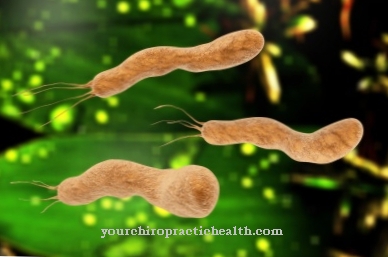
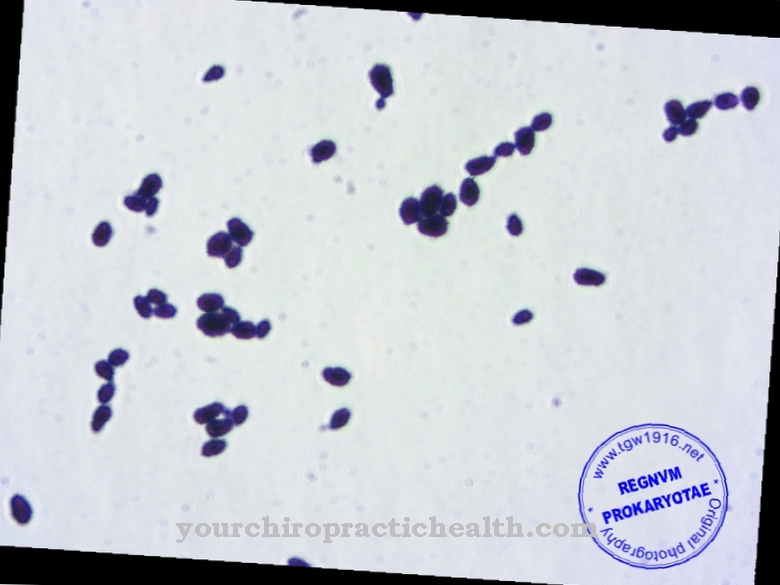
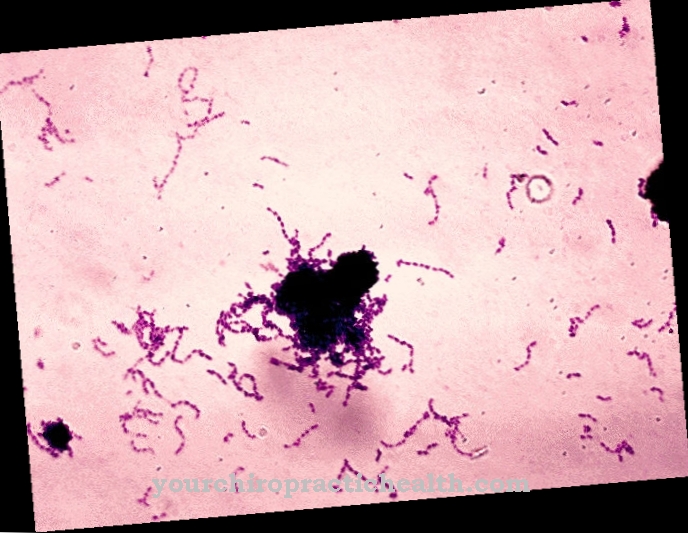
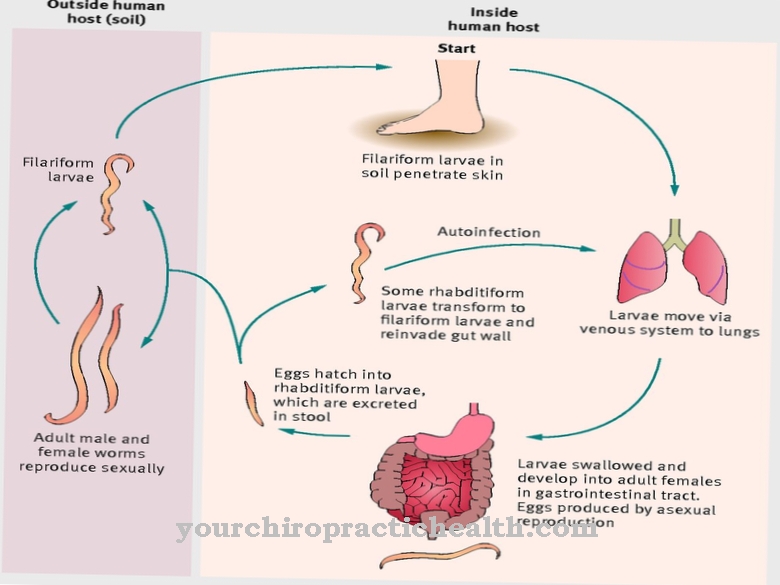

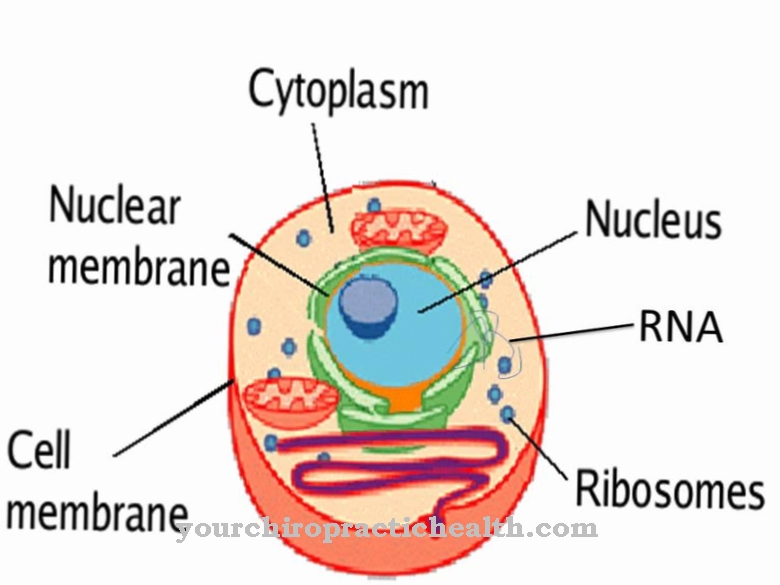





.jpg)
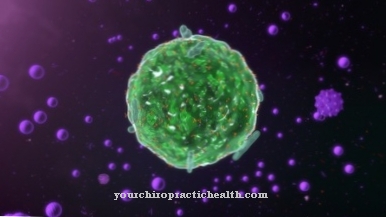
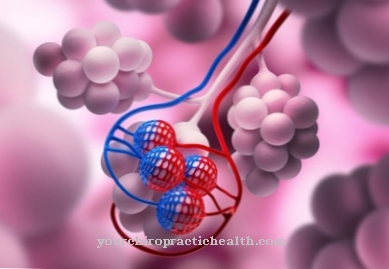



.jpg)

.jpg)


